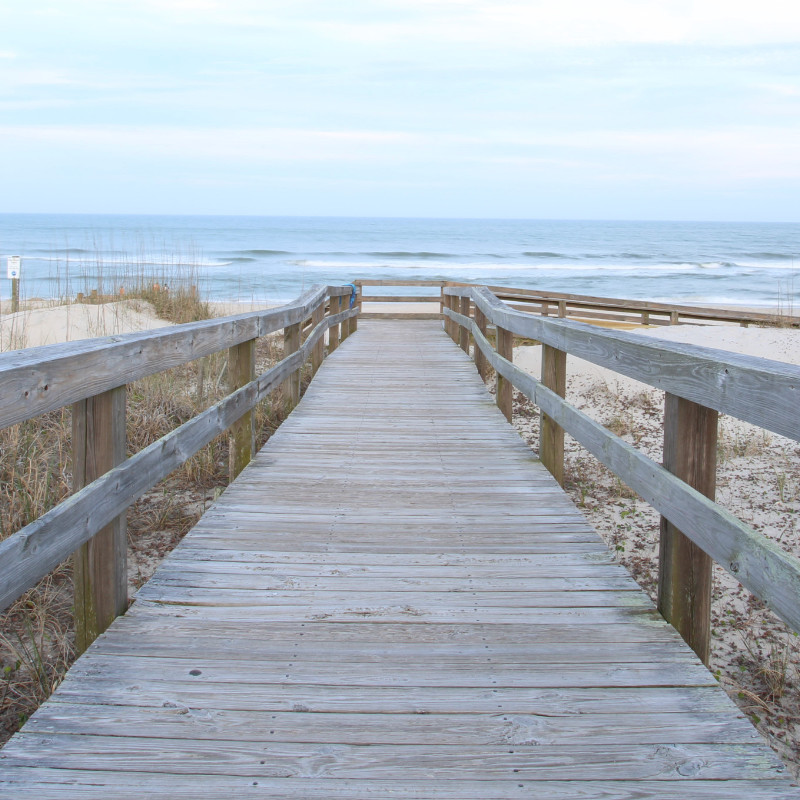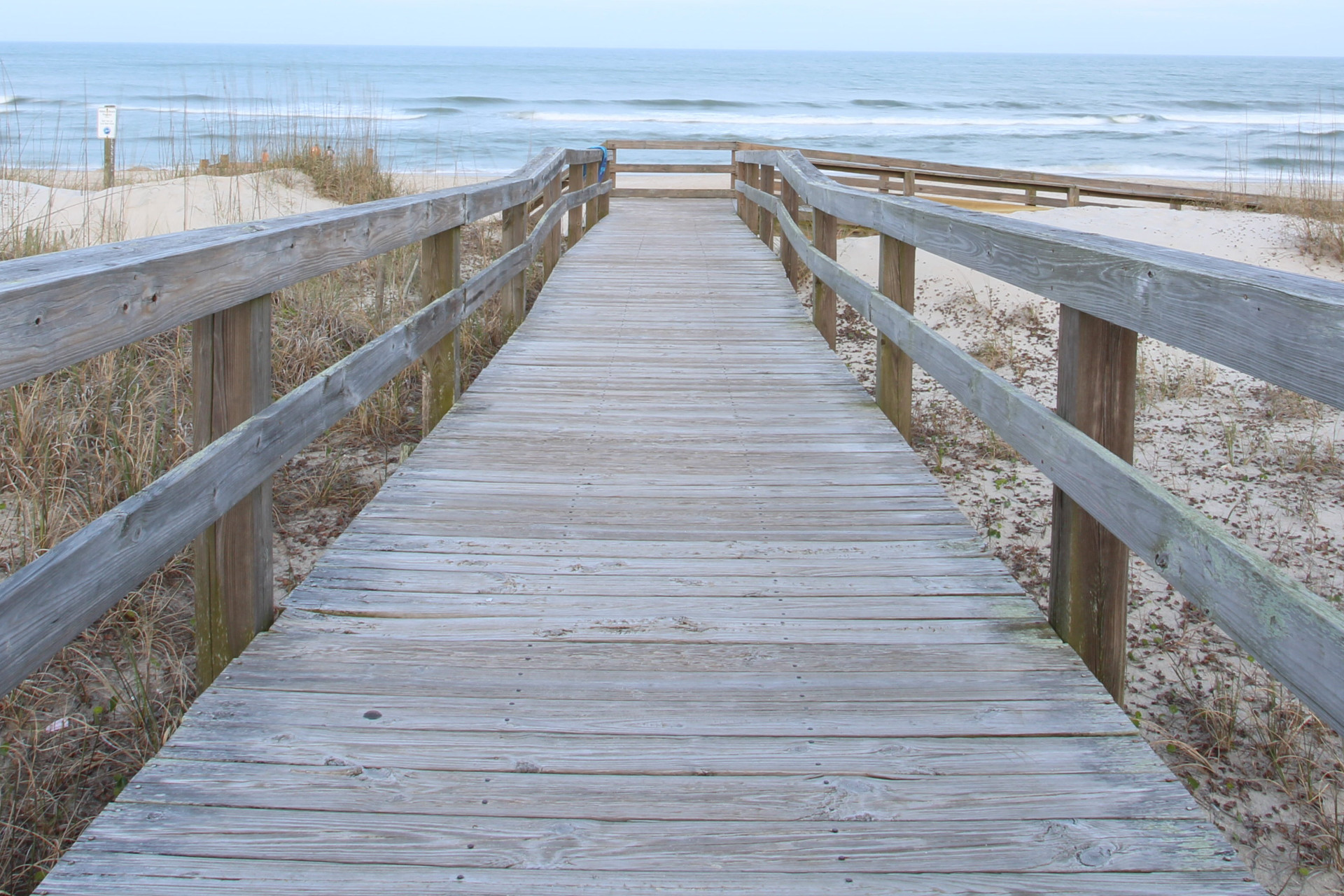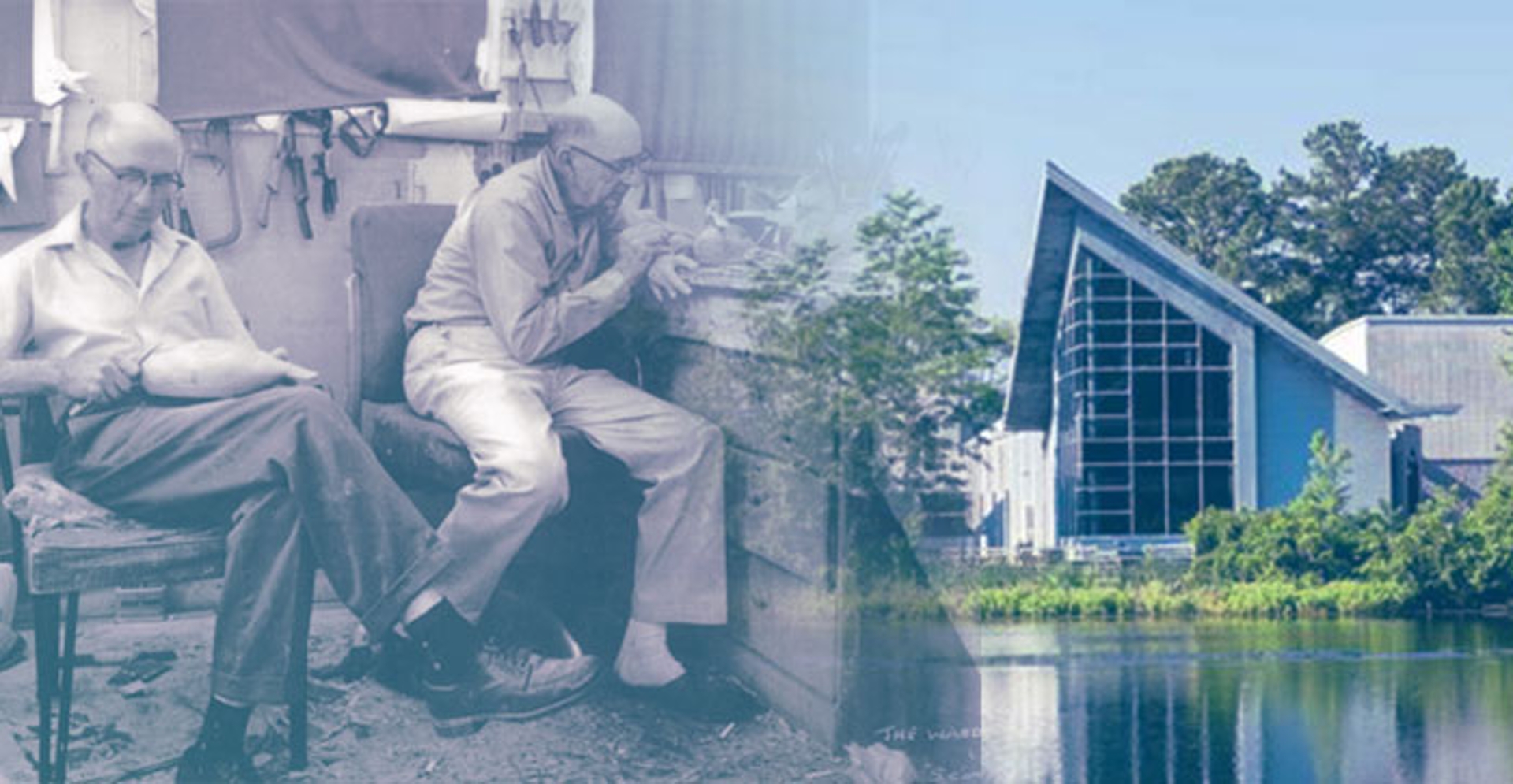3
Mar 2021
By Kathi Ferguson
Like so many areas throughout Delmarva, the county of Wicomico is rich in history and abundant in beauty. Located in the southeastern part of Maryland, Wicomico County was founded in 1867 and named for the Wicomico River, derived from Algonquin language words wicko mekee, meaning “a place where houses are built”. Today, not only is it home to the Eastern Shore’s largest city (Salisbury), but Wicomico County offers much to explore and discover. Here are just a few examples.
The Ward Museum
Odds are that any lover of waterfowl has visited the Ward Museum of Wildfowl Art, located in the middle of the Atlantic flyway next to Schumaker Pond in Salisbury. Named in honor of renowned carvers Stephen and Lemuel Ward, the Museum features the world’s largest and finest public collection of decorative and antique decoys. In the early days, carvings were created as “working” decoys, used by hunters to attract ducks, geese, and other waterfowl into shooting range. Carving has since developed into more of an art form and is much more detailed. The Ward Brothers’ vision and mastery in carving decoys was instrumental in the transition of the decoy from a working tool to an expressive wildfowl sculpture.
Whitehaven
If you yearn for quaint, quiet rural village life in a spectacular waterfront setting, visiting Whitehaven on the banks of the Wicomico River is a treat. Once a busy seaport and home to George Washington’s grandmother, Whitehaven is the oldest town on the Wicomico River. Whitehaven features a ferry that has continuously crossed the river for over 300 years. The old two-room schoolhouse, built in 1886, has been converted to a museum and community center, where you can learn about the history of this tiny village, whose population reached a whopping 64 in 2019. Whitehaven is also home to a Wicomico County champion silver maple tree. A Champion Tree is the largest specimen of its species, which vary in size, age and growth habitat.
Historical Markers
There are more than 125,000 known historical markers across the United States – and counting! Near Delmar and its surrounding areas, one can find monuments from Pre-Revolutionary Colonial America, marking the southwest corner of the three lower counties of Delaware. There are a number of other original point markers located within a six mile radius including a stone honoring all Native Americans alleged to be buried on this location’s sacred ground.
Bivalve
Not surprisingly, the small village of Bivalve (two valves) was named to honor the oyster industry, the main source of income for area watermen. Located along the eastern banks of the Nanticoke River, it is assumed that Bivalve developed as people sought to live near the river for the plentiful seafood it offered, and because it was the major artery of transportation. Historical records tell us that most of the people here made their living on the water, tonging oysters from the first of September to the last of April. Oysters sold for 30 cents to 40 cents a bushel. The population today is not much larger than it was in 1883, but farmers and watermen are a lot less prevalent. And don’t you just love the name?






